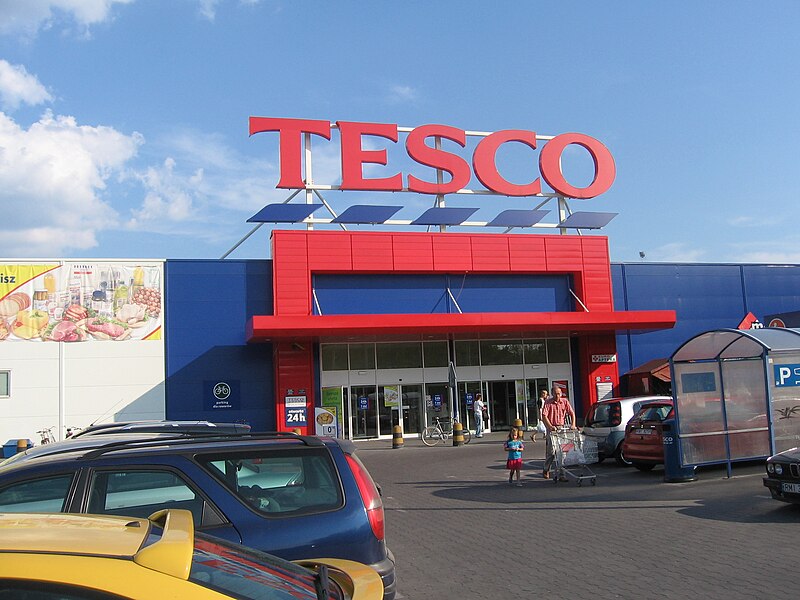
With its full-year 2024/25 results due on April 10, Tesco is readying its response to growing market concerns sparked by Asda’s aggressive price-cutting campaign, which recently triggered an
8% drop in Tesco’s share price.
What’s happening?
Asda is slashing prices in a bid to win back market share, raising fears of a potential supermarket price war. But analysts remain skeptical. They argue that rising operational costs make a prolonged pricing battle unlikely—especially since Asda’s strategy may not be sustainable without further backing from its owner, TDR Capital, which hasn’t signaled any plans to invest more.
Meanwhile, Tesco and Sainsbury’s stand on firmer ground. Their stronger financials and broader market reach give them the flexibility to manage price competition strategically rather than reactively.
Why it matters:
Markets: Navigating the noise.
Despite the recent turbulence, Tesco remains the UK’s top grocer with a commanding 27.9% market share and an expected £2.9 billion in operating profit for 2025. Analysts highlight its ability to maintain a positive price image, helping to retain customer loyalty even as competitors make bold moves.
The broader view: Stability over volatility.
As UK retailers face higher wage bills and new taxes, strategic clarity is becoming more important than ever. Tesco’s focus on sustainable growth and operational resilience positions it to weather short-term pricing disruptions while maintaining long-term strength in a competitive market. Photo by C41n, Wikimedia commons.



































